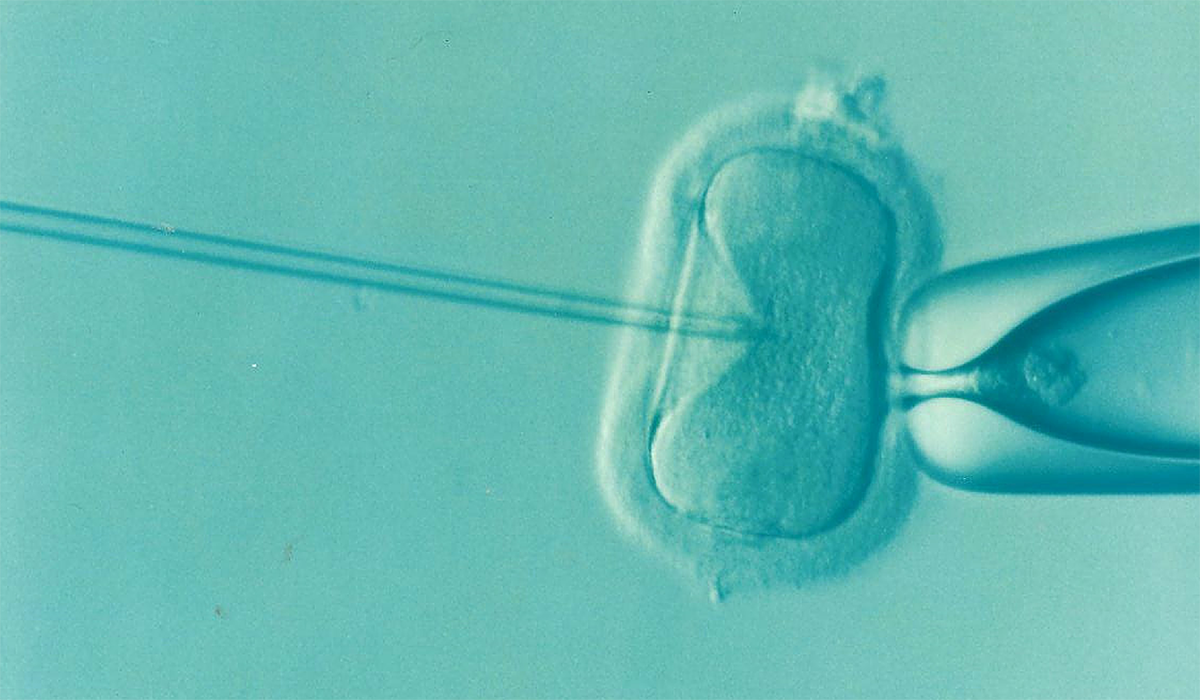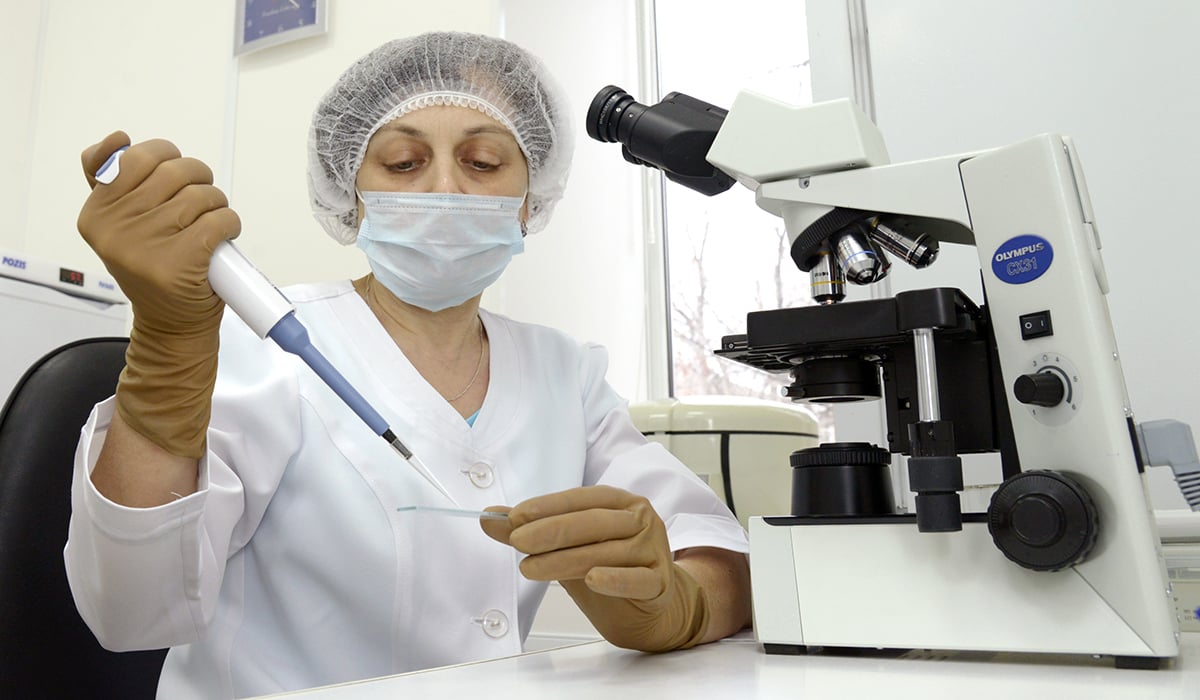Embryo Transfer Process for IVF – 5 Things To Know
It’s one of the most exciting steps in the bumpy road of IVF – the embryo transfer process! Finally, after a lengthy period of screening and preparation, retrieval and fertilization, your embryos are ready. They will be transferred and, hopefully, result in a successful pregnancy.

Embryo Transfer Process – 5 Things to Consider
But before you complete the embryo transfer process, there are 5 important things to know about those tiny cells.
1. It’s Worth the Wait
Typically, embryos are transferred between three to seven days after fertilization. During the embryo transfer process, they become blastocysts once they reach day 5 of development.
While you may be feeling more than ready to move forward and have a transfer as soon as possible, it’s actually best to wait. The longer an embryo has to develop, the more likely the embryologist will be able to select the highest quality to transfer. It also allows time for preimplantation genetic screening (PGS) to screen for genetic abnormalities. A more viable blastocyst means a greater chance of surviving transfer and implantation. In fact, a blastocyst transfer is the closest thing to a natural pregnancy. At day 5 of development, the uterine lining is typically the most receptive to an embryo that would just be leaving the fallopian tube.
2. Less Is More
If the goal is to have a successful pregnancy, it would seem that the best chances result from implanting multiple embryos. And in the past, transferring two or even three wasn’t unheard of. No official regulation sometimes result in sensationalized stories like “Octomom,” where eight babies were born after the reproductive endocrinologist is believed to have transferred 12 embryos at one time.
We promote elective single-embryo transfer (eSET), based on the following evidence:
- Multiple births often result in more complications for the mother and babies.
- eSET in women under 38 years of age had a decreased rate of multiples, but no impact on live birth rates.
- Preimplantation genetic screening (PGS) helps determine the healthiest embryo to implant, resulting in a greater chance of pregnancy with just one.
3. Age May Not Be as Crucial as We Thought
While there is no doubt that a woman’s fertility begins to decline in her early 30s, the clock may not need to tick quite as fast for IVF patients. According to our experience efficient, a single embryo transfer would be for an IVF patient up to age 42.

- The stipulation: all were day 5 embryos that had undergone comprehensive chromosomal screening (CCS) to confirm chromosomal normality.
- The results: the rate of blastocyst aneuploidy, or presence of an abnormal number of chromosomes in a cell, was vastly different – 62.4% in women between 38-42 versus 36.7% in the group 37 or younger. But as long as a chromosomally normal blastocyst was transferred, the live birth rates were almost identical: 60% in the advanced maternal age group and 64.6% in the younger group.
4. Egg Donation Can Maximize Your Chances
Still, age is just one of many factors when considering the embryo transfer success rate. While the prime age for an intended mother going through egg retrieval is 26-35 years old, utilizing an egg donor can increase your chances of building a family for other reasons too. Overall health should be considered, both lifestyle and family medical history. The donor must go through rigorous screening and monitoring. It helps ensure that any eggs retrieved are of optimum quality in order to create a healthy embryo.
If you have unexplained infertility, a history of miscarriages, or have discovered genetic abnormalities, egg donation is a viable way to have a successful embryo transfer and, in turn, a healthy pregnancy.
5. It’s Just Fine to Freeze

Advancements in technique and technology have completely changed the landscape for freezing and preserving embryos. In the past, fresh transfers were the norm. It was difficult to keep an embryo viable beyond 3 days, safely freeze and thaw them for later transfer. Today, frozen embryos have over a 95% successful thaw rate. Success rates of a fresh and frozen embryo transfer (FET) are nearly identical.
One study actually showed that when the intended mother has a higher progesterone level, successful pregnancy rates were actually better with FET. All of this is great news for intended parents. They no longer need to stress about the often-complicated logistics of an IVF cycle and subsequent embryo transfer. It’s especially promising in third-party reproduction.
Summing Up the Egg Donation Process
If you’re working with an egg donor or gestational carrier, you don’t need to wait until your cycles or schedules synch up to complete the retrieval and fertilization. You can create embryos at any time for future transfer.
We are here to answer your questions about the best ways to navigate IVF. For more information about your best chances for a successful embryo transfer process, please don’t hesitate to contact us!